When we want to write an evaluation of a smart car system, there are three considerations for car selection.
Firstly, it should be new. The car must have been launched this year in 2020 to push intelligence to its peak.
Secondly, it should be rich in functionality. The more diverse the functions of the intelligent cockpit, the more we can test.
Thirdly, it should be affordable. This is the most important point, as only users with the widest coverage of experience will have enough voice through economy.
It seems that the second and third points conflict each other. We want a vehicle that is both affordable and rich in functionality, which is like being at an adult’s choice and having it all. Yes, don’t doubt it, we’ve really found one.
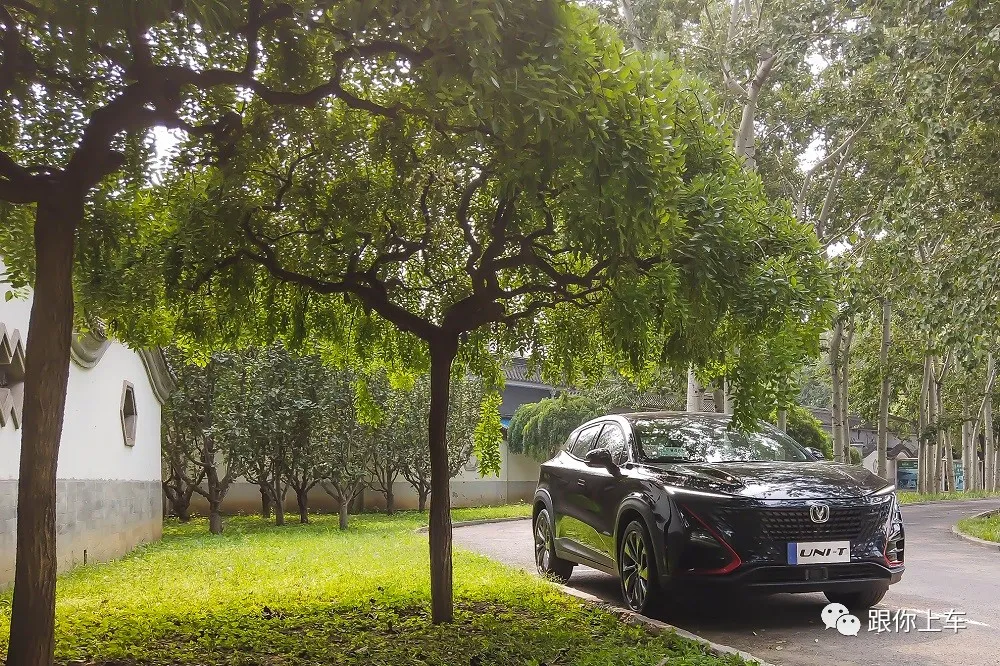
1: UI Interaction Design and Operational Logic
The latest UNI Life car intelligent interaction system is available on Changan UNI-T. Interaction between the user and the system mainly relies on two 10.3-inch dual screens. Since the central control screen on the right side adopts a design that is biased towards the driver, there will be a noticeable fold in the middle of the two screens, but it does not affect the use. In addition, the entire cockpit also includes two cameras and an AI interaction light, which are mainly used for visual interaction.
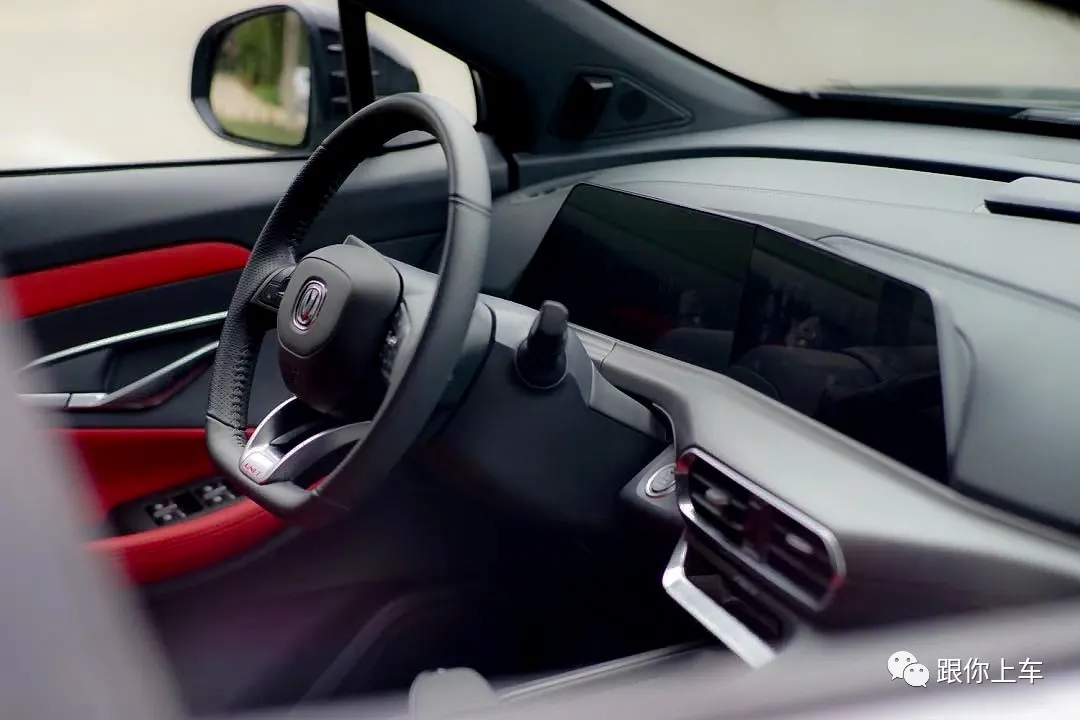
The central control screen UI design is simple and easy to use, with low learning costs. The icons from top to bottom in the left function column are “music”, “navigation”, “home” and “voice”. There are three functional cards on the main interface, which are “music”, “navigation” and “weather.” Users can directly control more detailed functions of the corresponding function on the card, such as direct navigation from the main interface to home.
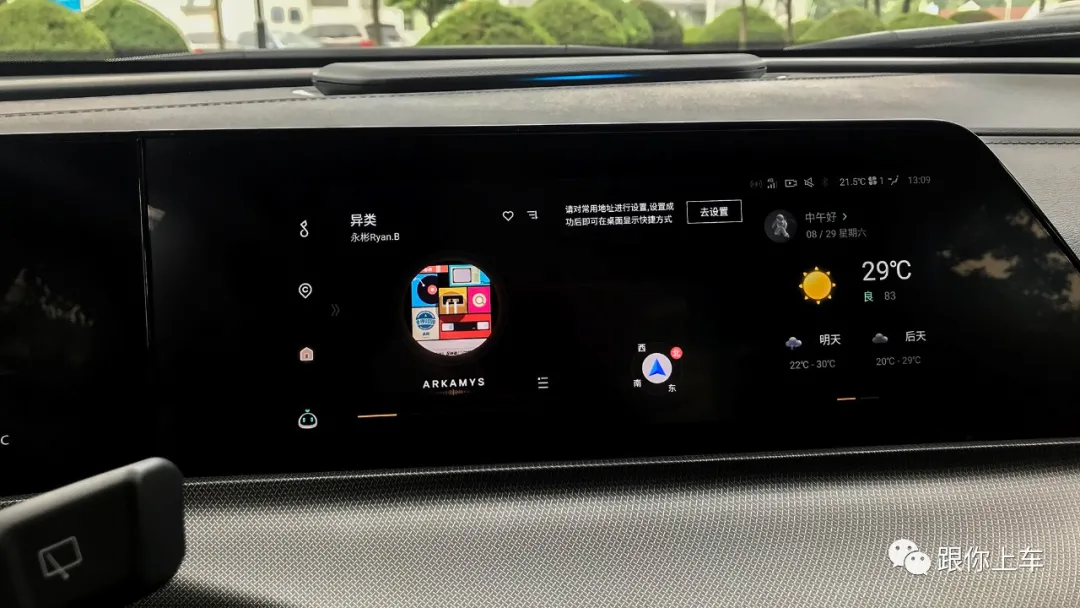
From the perspective of interaction principles, I agree with two points of this system.
Firstly, the “home” design is the third item in the left function column, which is the easiest for drivers to see and the easiest to touch during driving.
Secondly, there are entry points to music and navigation in both the main interface function card and the bottom function bar, which seems redundant but music and navigation are actually the most commonly used functions in the car.
It should be noted that the three functional cards on the main interface do not support customized settings, and other functions need to be found by the user by sliding right to open the secondary interface. This is different from the logic of most car systems to trigger the secondary interface by swiping left on the main interface, which requires some time to adapt. However, the advantage of the former is that even if the system is on other deeper interfaces, the secondary interface can be quickly called out by sliding right, which can be roughly understood as a negative first screen.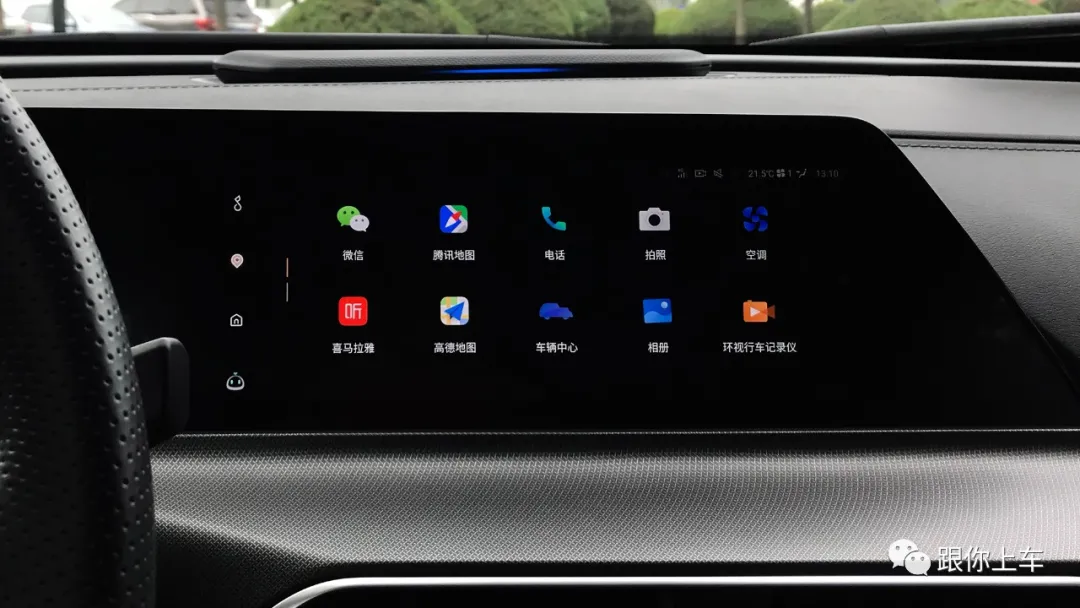
The upper right corner of the central control screen displays icons for time, air conditioning, and 4G network, which only have display function and cannot be further touched. However, users can pull down to bring up the top function bar, which displays the control center, message center, and recently used small programs. Currently, there is only the “Star Food” small program available, and the application category is yet to be enriched by Tencent and Changan in the future.
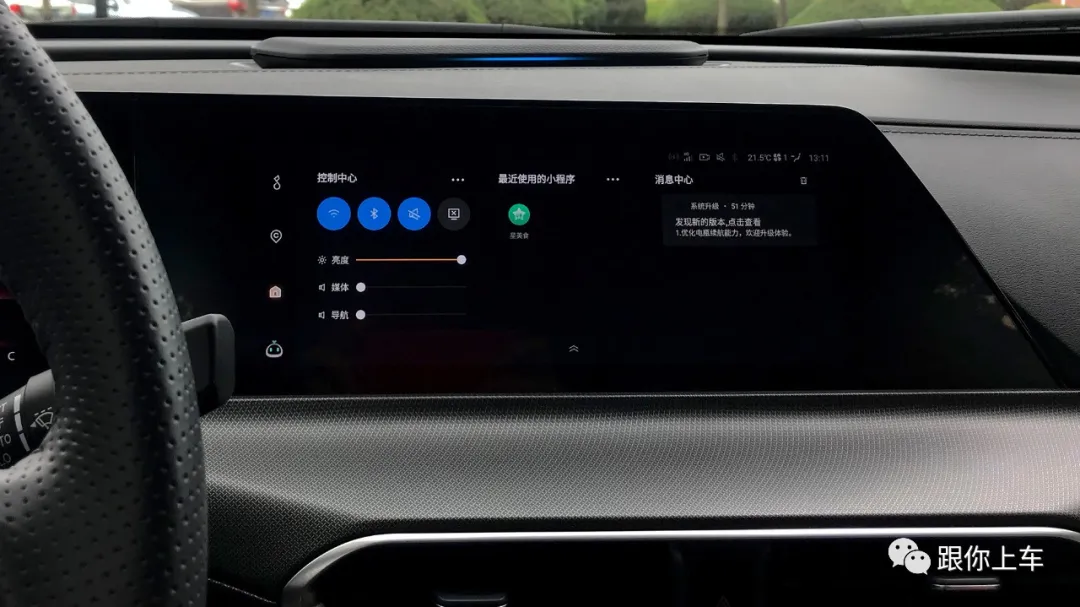
It is worth mentioning that when users touch the “Star Food” small program in the top function bar, its content will be displayed on the main interface “Music” function card, indicating that although this system does not support custom settings for the main interface, it still fully utilizes this area in terms of operational logic.

In the future, not only will more small programs be available, but also more third-party applications will emerge. How automakers ensure that these cutting-edge technological functions are available in their cars is crucial, but more importantly, they must be closely integrated with the UI interaction design and operational logic of the current car system without losing its simplicity. From this perspective, Changan UNI-T has already shown its potential.
2: Content Ecology and Voice Expression
Entertainment system, navigation software, and intelligent voice assistants have become the “three essentials” that cannot be ignored in intelligent car testing. Of course, in our daily lives, listening to music and navigation are also the most basic requirements, and the usage habits of intelligent voice assistants are gradually being cultivated in this era. Therefore, the user experience that we often speak of depends largely on the performance of these “three essentials.”
Thanks to its partnership with Tencent’s car networking, Changan UNI-T’s content ecology and voice expression are undoubtedly among the best in the mainstream market. In terms of entertainment system, the Love radio package includes QQ Music, Himalayan, Penguin FM, WeChat Read, and Tencent News, amongst other widely used applications. In addition, the navigation software offers a choice between Tencent Maps and Autonavi Maps, and benefits from WeChat Car version and Tencent small program scenarios, which clearly demonstrate the richness of its content ecology.
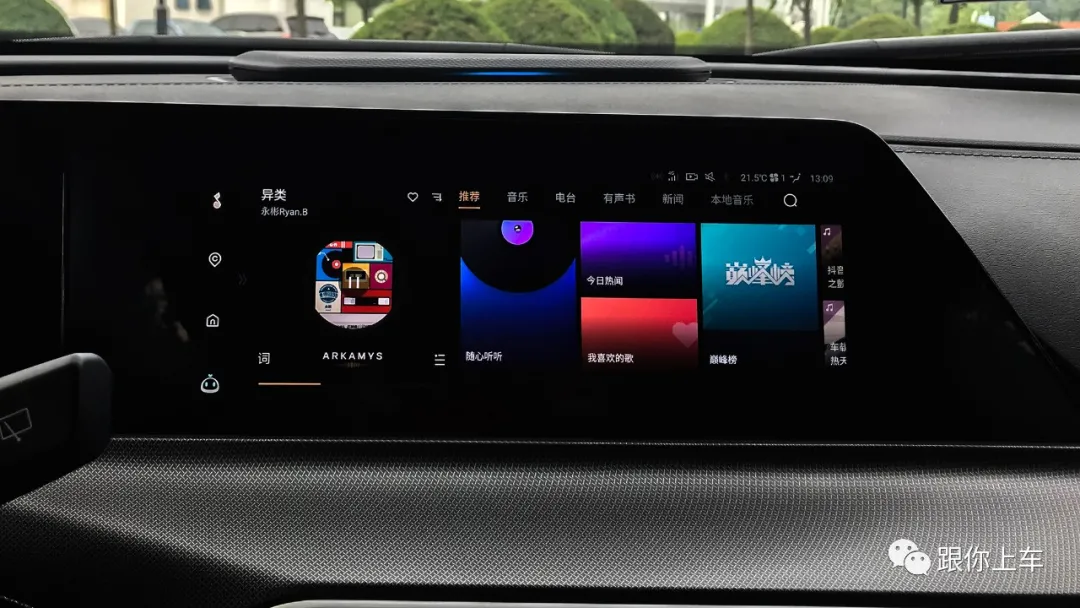
More notably, Changan UNI-T also has the ability to manage account integration.To put it briefly, the three-way interconnection of the user’s facial information, car owner account, and Tencent My Car WeChat Mini Program account enables the integration of the ecological applications and mobile phone account information mentioned above through facial recognition login to the car owner account when the user gets in the car again, realizing the connection between people and cars.
From the actual experience perspective, we found that after logging in, QQ Music can synchronize playlist and other information, and member songs can also be played in the car. In addition, the destination searched on the phone will also be displayed in the car’s historical record. Moreover, during driving, “Music” and “Navigation” can be displayed on the same screen and adjust dynamically to the left or right according to the actual situation. For example, the navigation interface will be displayed on the left during navigation, making it convenient for users to check and control.
The intelligent voice assistant integrated in the Changan UNI-T is Tencent Dingdang. Users can wake it up through physical buttons on the steering wheel, icons on the screen, and voice command “Xiaoan Ni Hao”. An eye-catching design of the voice assistant is that it can attach to the central control screen in a floating window form, making it convenient for the co-pilot to wake it up. Below is a test video:
3: Motion Recognition and Visual Interaction
Touch and voice interaction are the most common in intelligent cockpit multimodal interaction. The rare feature of the Changan UNI-T is the integration of motion recognition and visual interaction. What does it mean?
Let’s take some examples:
a. When the co-pilot is on the phone, the system multimedia volume will automatically decrease;
b. When the car screen is in the off state, as long as the user glances at the central control screen, the screen will automatically light up;
c. Fatigue monitoring, when the user shows signs of inattention or fatigue, such as yawning or talking on the phone, the system will give reminders.The AI interactive light of Changan UNI-T also supports visual interaction. We found in our tests that when we wake up the voice assistant, the AI interactive light will flash; when we give a command, the AI interactive light will flash in the direction of the support; when we turn on the left or right turn signal, the AI interactive light will also blink accordingly; when we play music, the AI interactive light functions similarly to the ambient lights, flashing alternately with the rhythm of the music.
Some people may say that these are all unnecessary functions that only bring a slight improvement to the user experience. But in my opinion, every dimension of interaction added to the intelligent cabin brings one more point to the user’s driving safety. This is not just a small improvement, but a great addition to the overall experience.
Furthermore, the UNI-T’s greeting and AI proactive care capabilities increase the user’s sense of belonging and enhance the overall usage experience. If the car manufacturer’s infotainment system is already excellent and has the resources to make these detailed modifications, it can convey a technology experience with warmth to the user, undoubtedly adding more color.
In summary, Changan UNI-T’s infotainment user experience can occupy a moderately higher position in the mainstream market. Its advantages lie in its simple interaction logic, Tencent’s rich content ecology and some ingenuity in its details. As the first product in the brand new series of Changan, the UNI-T deserves to be the technological backbone of the entire family and can be said to have made its debut with great success.
This article is a translation by ChatGPT of a Chinese report from 42HOW. If you have any questions about it, please email bd@42how.com.
